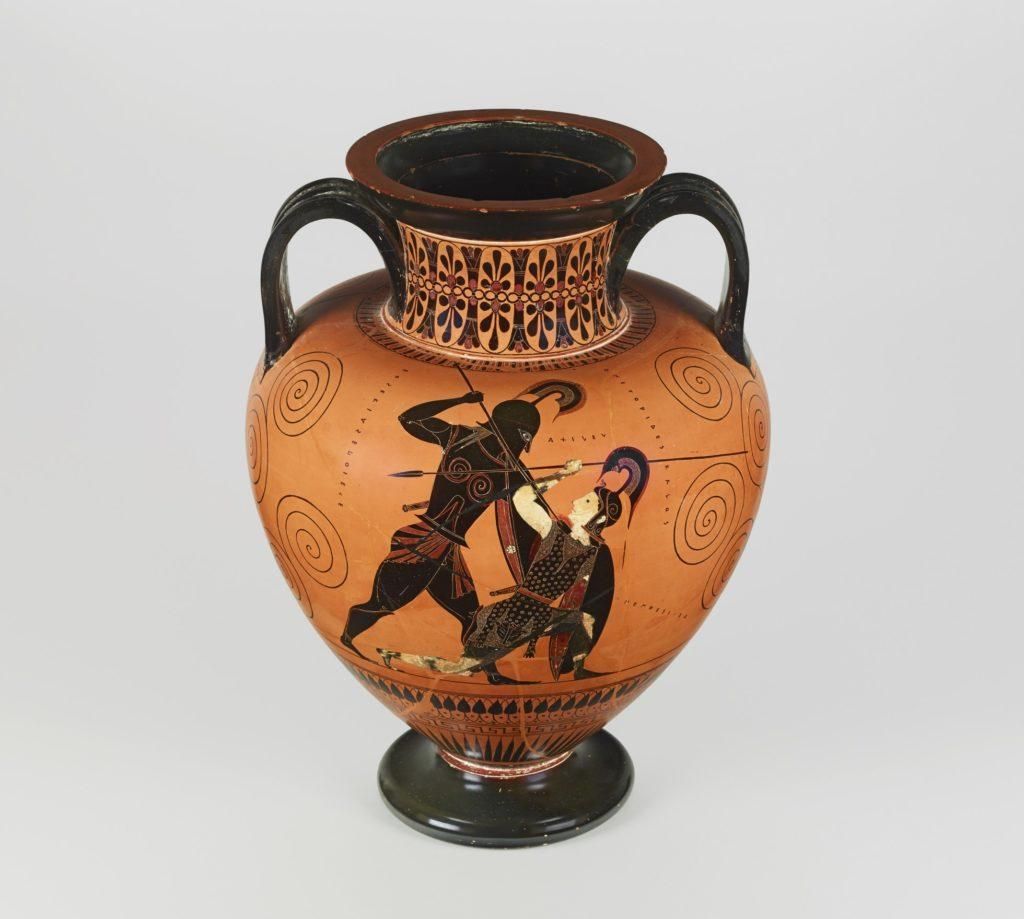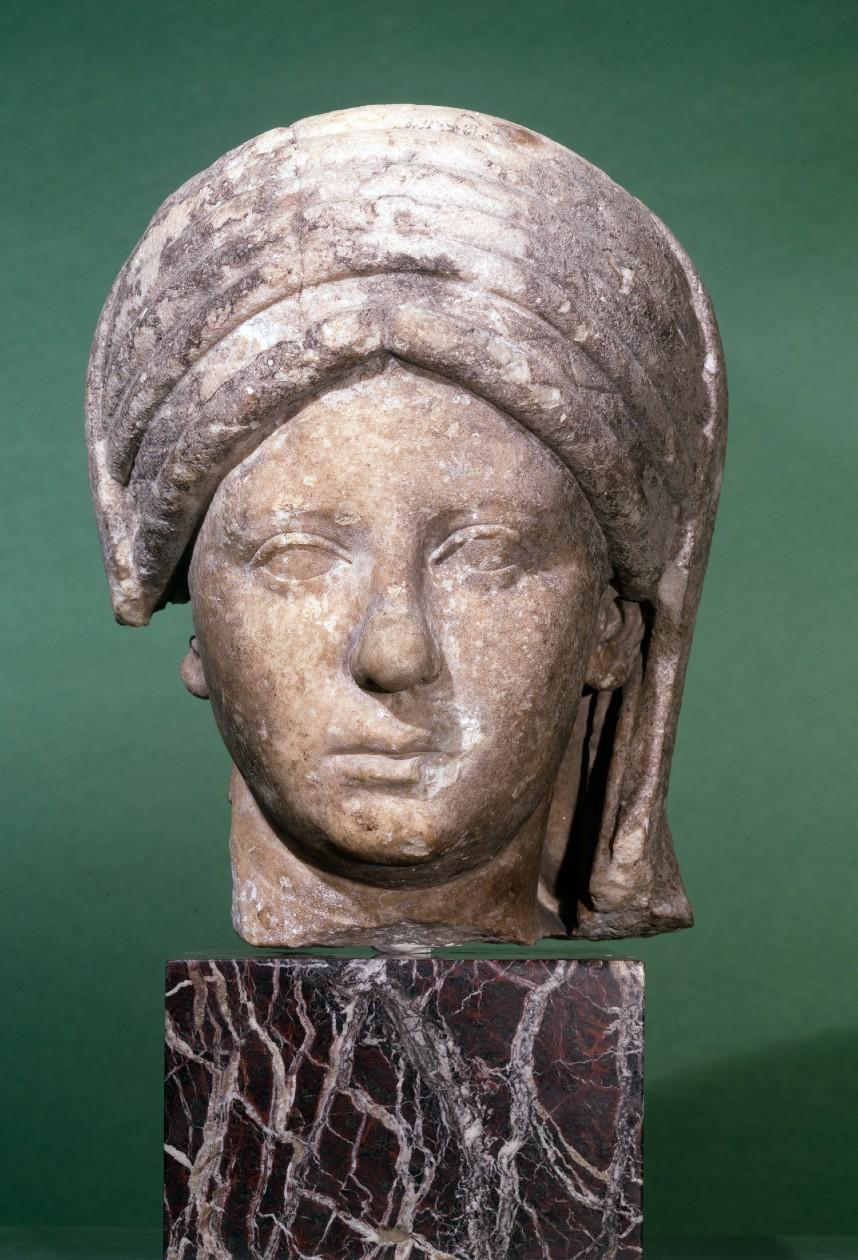March is Women's History Month, so we've asked Mary Beard, Professor of Classics at the University of Cambridge and Classics editor of the TLS, to give us a quick countdown of five female figures from the ancient world.
Mary Beard's top five powerful women in ancient Greece and Rome
1. The Amazon queen Penthesilea
The Amazons were a wild race of warrior women, and women only, who were believed by the Greeks to live somewhere on the northern borders of the Greek world. They were entirely mythical, of course – but they were still capable of striking fear into the hearts of Greek men, always representing a potentially deadly threat to male civilisation. Greek storytelling was full of accounts of conflicts between Greeks and Amazons, and how this dangerously female power base was eventually stamped on: the women were either defeated in battle, or 'mastered' in the bedroom when they finally saw the error of their segregated ways and opted for marriage with Greek men. Both versions are hinted at in this 6th-century BC pot, made in Athens. It shows the mythical hero Achilles killing the Amazon queen, Penthesilea. It was said that, at the very moment that she died, the pair fell in love. Too late.
2. A Vestal Virgin
Very few women had a powerful, public role anywhere in the ancient world. But this 2nd-century AD head shows one of those who did. She is one of the priestesses known as the Vestal Virgins, who had the important job of guarding the sacred hearth of the city in their temple in the Roman Forum. In return they were granted a range of privileges: from front row seats at the theatre to the right to free convicted criminals and special private transport arrangements around the city. But these privileges were hard earned. In addition to the obligation to remain virgins, they had to make sure that the fire on the sacred hearth never went out. If it did, it was a sure indication that the state was in danger and that one of the Vestals was no longer a virgin. And the penalty for that was burial alive.
3. The goddess Athena
Athena was the Greek goddess of wisdom and of everything that demanded human cleverness, from spinning and weaving to navigation; and she was the goddess who gave special protection to the city of Athens (the famous Parthenon temple on the Acropolis was dedicated to Athena). But it is hard to know quite how female she would have seemed to the average Athenian. As you can see on this 6th-century BC Athenian pot, she was a warrior (when, apart from the weird Amazons, fighting was man's work in the classical Greek world). She was a virgin (when women were supposed to produce babies for the state) and she herself was not even born from a woman, but direct from head of her father, the god Zeus. She certainly did not provide a positive female role-model, in the Greek sense of the word 'female'.
4. Egyptian queen Cleopatra
Cleopatra (VII) is one of the most famous women in the history of the world: queen of Egypt, lover of Julius Caesar (and mother of his child), and of Mark Antony (a relationship immortalised by William Shakespeare, not to mention Elizabeth Taylor and Richard Burton). Outside the heartlands of ancient Greece and Rome, there are queens and princesses with rather more power to their names. On this 1st-century BC coin, in the words around her portrait head, Cleopatra is described as 'queen' and 'goddess'. But how much independent power she had is difficult to pin down. She is almost always represented as the partner of some prominent Roman man. Was this equality? Was she their pawn? Or were they hers?
5. An anonymous Roman woman
It is important not to forget those ancient women who were not rich and famous, not mythical heroines or superhuman goddesses. This Roman woman lived sometime in the early 2nd century AD. We do not even know her name let alone what she did with her life (the panel at the bottom where her history was meant to have been inscribed was left blank). But she was important enough to someone to be shown on her tomb in the guise of Venus, the goddess of love: she is semi-naked and holds a dove and a palm as Venus was often shown. For some grieving husband or parents, she was a goddess.
Do you agree? Who would be in your top five? Let us know on Twitter, where you can also follow Mary. Her 2017 London Review of Books lecture from the British Museum, Women in power, is available here, and in an edited version on the BBC iPlayer.










